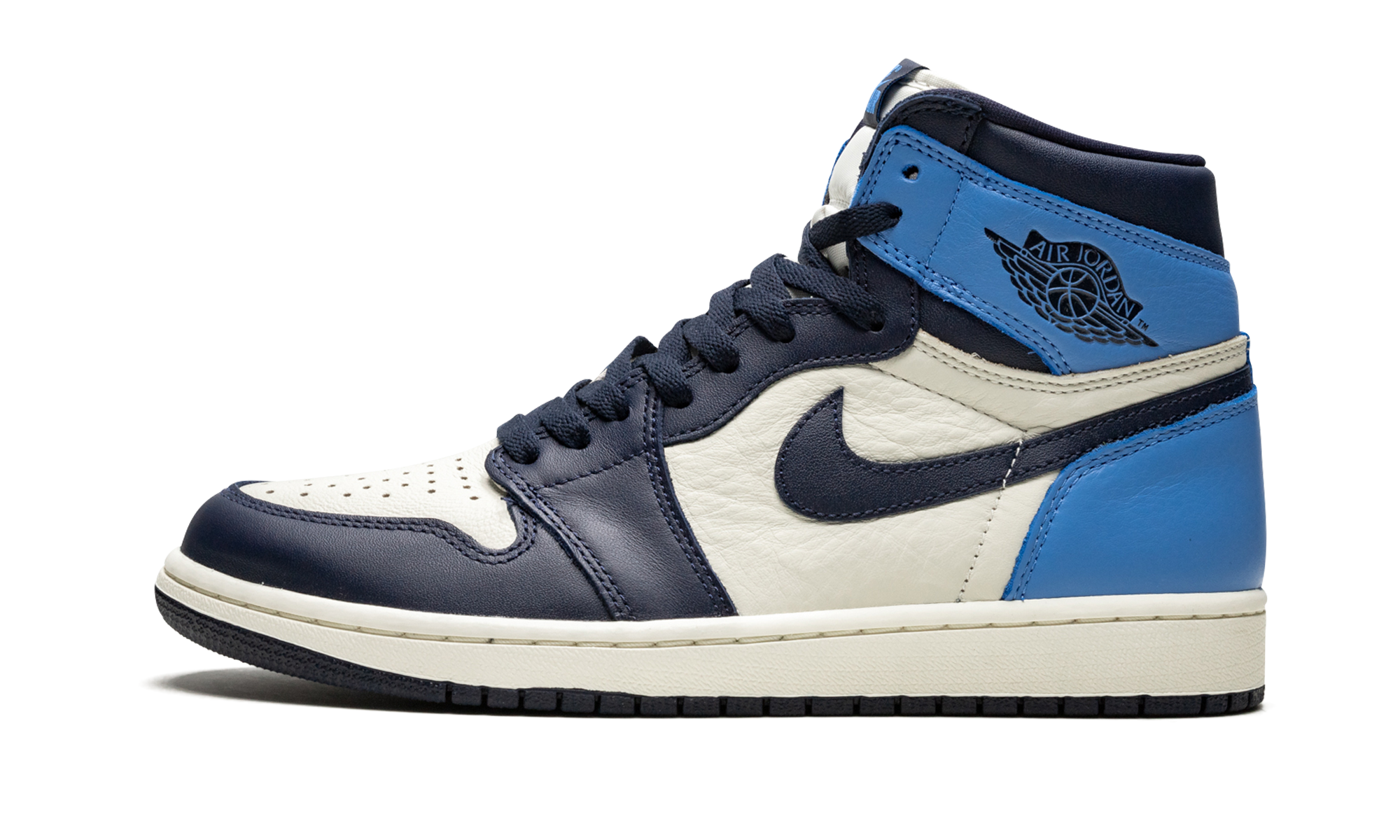

Tlazopilli, meaning "the precious nobleman" "the precious son".Tehimatini, meaning "the wise" "the one who understands people".

Titlacahuan, Titlacahua or Titlacaua, meaning " whom we are slaves" "whose men we are".Tloque Nahuaque, meaning "the one who owns what is close" "the one who owns what surrounds ".Bernardino de Sahagún, in Book VI of the Florentine Codex, refers to Tezcatlipoca with 360 different forms. Tezcatlipoca had many epithets which alluded to different aspects of his deity and also point to his centrality in Aztec worship. They were used for shamanic rituals and prophecy, and as such Tezcatlipoca is additionally associated with divination. Tezcatlipoca is often translated from the Nahuatl as "smoking mirror." It alludes to his connection to obsidian, the material from which mirrors were made in Mesoamerica. It is possible that he is the same god that the Olmec and Maya term their "jaguar deity", or alternately that he is an Aztec expansion on foundations set by the Olmec and Maya, as the Aztecs routinely took deliberate inspiration from earlier Mesoamerican cultures. Although there are striking similarities between possible earlier imagery of Tezcatlipoca, archaeologists and art historians are split in the debate. The Classic Maya god of rulership and thunder, K'awiil, (known to modern Mayanists as "God K", or the "Manikin Scepter") was depicted with a smoking obsidian knife in his forehead and one leg replaced with a snake. The name Tohil refers to obsidian and he was associated with sacrifice. Similarities exist between Tezcatlipoca and the patron deity of the K'iche' Maya, Tohil, as described in the Popol Vuh. The origins of Tezcatlipoca can be traced to earlier Mesoamerican deities worshipped by the Olmec and Maya. This talisman was carved out of abalone shell and depicted on the chest of both Huitzilopochtli and Tezcatlipoca in codex illustrations. Ī talisman related to Tezcatlipoca was a disc worn as a chest pectoral, called the anahuatl. A strong connection with the calendar as a whole is suggested by his depiction in texts such as the Codex Borgia and Codex Fejéváry-Mayer, where Tezcatlipoca is surrounded by day signs, implying a sort of mastery over them. In one of the two main Aztec calendars (the Tonalpohualli), Tezcatlipoca ruled the trecena 1 Ocelotl ("1 Jaguar") he was also patron of the days with the name Acatl ("reed"). In the form of a jaguar he became the deity Tepeyollotl ("Mountainheart"). Tezcatlipoca's nagual, his animal counterpart, was the jaguar. His main festival was Toxcatl, which, like most religious festivals of Aztec culture, involved human sacrifice. He was considered one of the four sons of Ometecuhtli and Omecihuatl, the primordial dual deity. He is associated with a variety of concepts, including the night sky, hurricanes, obsidian, and conflict. Tezcatlipoca ( / ˌ t ɛ s k æ t l i ˈ p oʊ k ə/ Classical Nahuatl: Tēzcatlipōca ) was a central deity in Aztec religion.


 0 kommentar(er)
0 kommentar(er)
